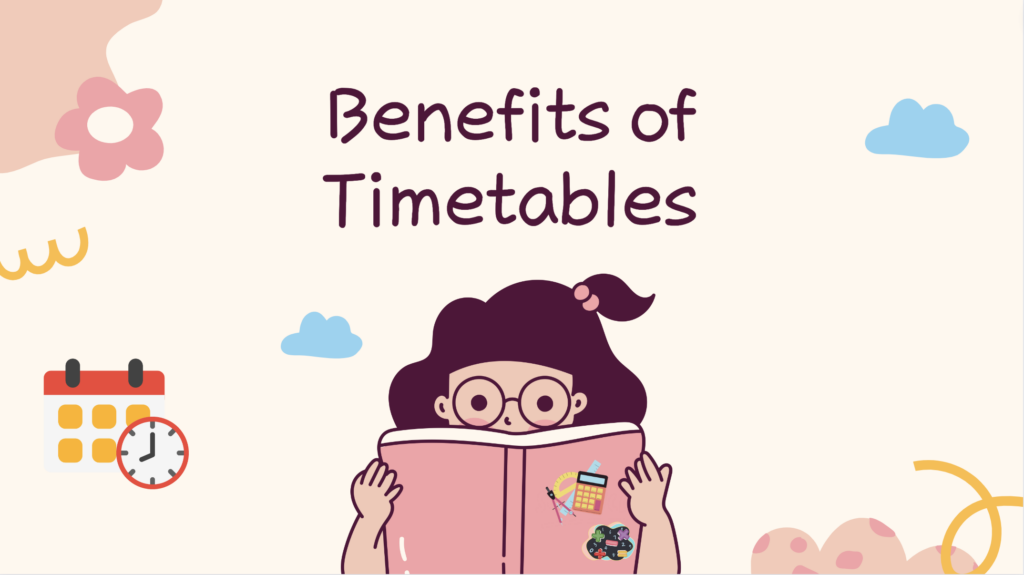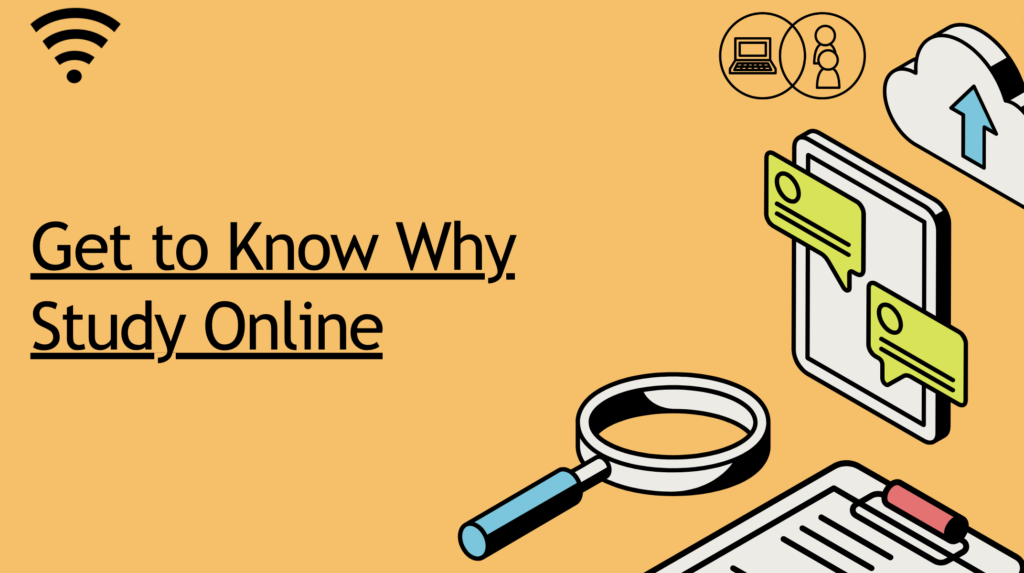Cabinet Approves ₹59,000 Cr Post-Matric Scholarship Scheme for SC Students
In a huge push for education, the Cabinet Committee on Economic Affairs, CCEA, has approved changes in the centrally sponsored Post-Matric Scholarship Scheme for Scheduled Caste students.
The Union Cabinet chaired by Prime Minister Narendra Modi has approved a total investment of over INR 59,000 crore. The Central Government will spend 60 per cent of the programme which is estimated at INR 35,534, while, the rest will be provided by the state governments.
Prime Minister’s Remark on the Post-Matric Scholarship Scheme for SC students
“Today's Cabinet decision on post-matric scholarship will ensure greater educational access to youngsters belonging to SC communities. Ensuring top quality and affordable education to our youth is an important focus area for our government,” the Prime Minister said in a tweet.
The post-matric scholarship scheme is aimed for helping more than 4 crore SC students in the next 5 years.
Post-Matric Scholarship Scheme for SC Students – Overview
The Post-Matric Scholarship Scheme is a centrally sponsored study grant that is implemented through various State and Union Territory (UT) governments.
The studentship can be availed for education in India only. It offers monetary assistance to the Scheduled Caste candidates studying at post matriculation (class 10) or post-secondary stage to help them complete their education.
It is awarded by the government of the State/Union Territory to which the applicant actually belongs i.e., permanent resident.
Income and Age Ceiling
The scholarship will be granted to those candidates whose parents/guardians’ income from all sources do not exceed INR 2,50,000/- per annum.
The age limit for admission in different classes will be decided by the prescribed authorities to whom the application is submitted.
Value of Scholarship:
Maintenance allowance both for hostellers and day scholars; Reimbursement of compulsory non-refundable fees; Study tour charges; Thesis typing/printing charges for Research Scholars; Book allowance for students pursuing correspondence courses; Book bank facility for specified courses; Additional allowance for students with disabilities, for the complete duration of the course.
Tabulated below are the details related to maintenance allowance:
|
Course |
Day Scholar allowance (for 10 months) |
Hostellers allowance (for 10 months) |
Readers allowance (for blind candidates) |
|
Group 1– (I) Degree and postgraduate level courses in medicine, engineering, technology, agriculture etc.
(II) Postgraduate diploma courses in management and medicine
(III) CA/ICWA/CS/ICFA etc.
(IV) MPhil, PhD and postdoctoral programs |
INR 1,200 |
INR 550 |
INR 240 |
|
Group 2– Professional course leading to a degree, diploma in Pharmacy, nursing, etc. |
INR 820 |
INR 530 |
INR 240 |
|
Group 3– Graduate and postgraduate courses not covered in Group 1 and 2 |
INR 570 |
INR 300 |
INR 200 |
|
Group 4- Post matriculation level non-degree courses (10th passed) |
INR 380 |
INR 230 |
INR 160 |
How to Apply for Post-Matric Scholarship Scheme for SC Students?
The scholarship scheme is announced by all the State Governments/UT Administrations in May-June (Tentatively) every year. The respective state and UT governments will provide details of the scheme and invite applications by issuing an advertisement in the leading newspapers of the State and through their respective official websites etc.
The application forms should be addressed to the Government of State/Union Territory Administration to which the students actually, belong. The applicant should submit the application form before the final date to the prescribed authority.
Also Read: CBSE Scholarship for Single Girl Child – More Power to Girls
Official Statement on the Post Matric Scholarship Scheme for SC Students
“The Central assistance which was around ₹ 1,100 crore annually during 2017-18 to 2019-20 would be increased more than five times to be around ₹ 6,000 core annually during 2020-21 to 2025-26,” it said. This replaces the existing ‘committed liability’ system and brings greater involvement of the Central government in this crucial scheme. The focus of the scheme would be on enrolling the poorest students, timely payments, comprehensive accountability, continuous monitoring and total transparency,” as per the official statement released.
“A campaign will be launched to enrol the students, from the poorest households passing the 10th standard, in the higher education courses of their choice. It is estimated that 1.36 crore such poorest students, who are currently not continuing their education beyond 10th standards would be brought into the higher education system in the next 5 years,” the statement said.
"Transfer of financial assistance to the students under the scheme shall be on DBT mode, and preferably using the Aadhar Enabled Payment System. Starting from 2021-22, the Central share (60 per cent) in the scheme would be released on DBT mode directly into the bank accounts of the students as per fixed time schedule, after ensuring that the concerned state government has released their share," it said.
“The scheme will be run on an online platform with robust cybersecurity measures that would assure transparency, accountability, efficiency, and timely delivery of the assistance without any delay. The states will undertake fool-proof verification of the eligibility, caste status, Aadhaar identification and bank account details on the online portal," it added.
Read More: CBSE Single Girl Child Scholarship 2020 Application Deadline Extended



